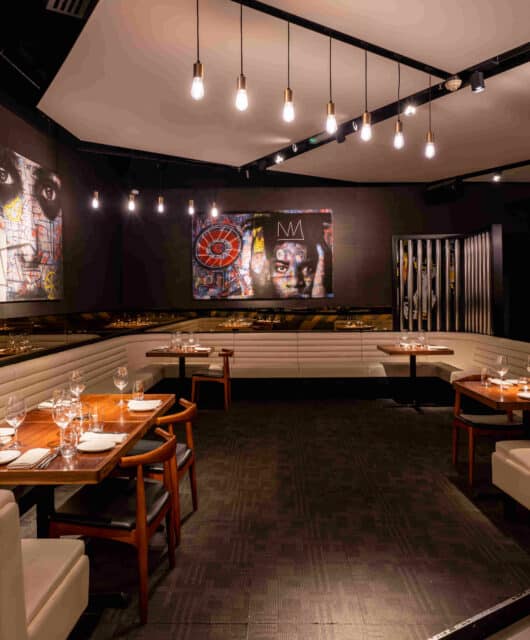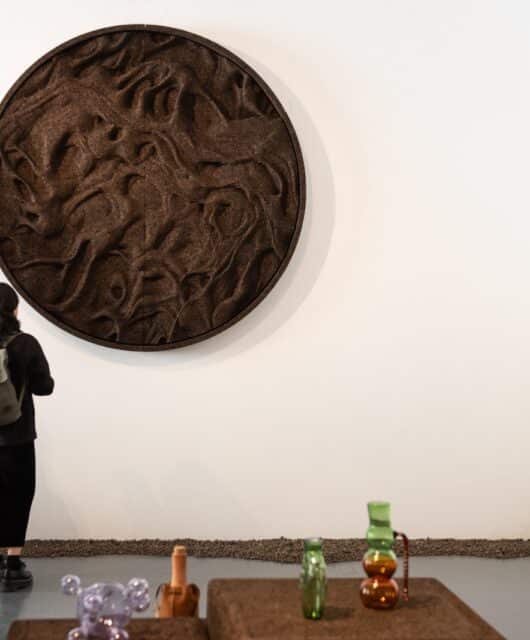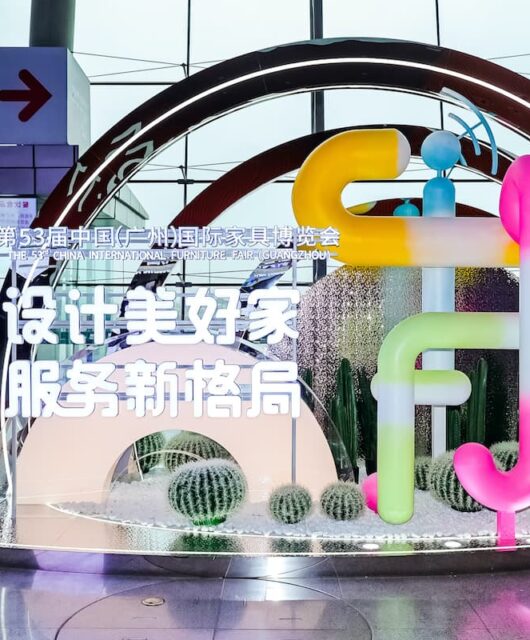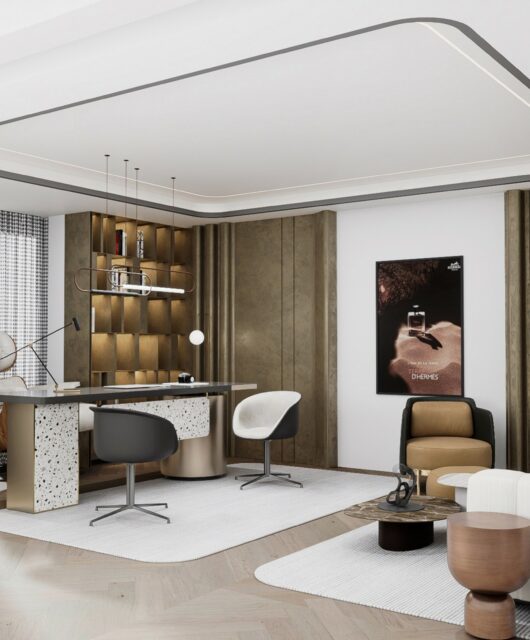Arplan shapes Riga’s city oasis into an inclusive and healthy green living environment
 Arplan, a Riga-based architectural firm offering architectural and project management services, has completed “City Oasis”, a new urbanistic residential area in Riga, Latvia. The remarkable development borders Riga’s city center. In partnership with B&R Progetti, led by architect Paolo Bodega and engineer Giussepie M. Rustignoli, Arplan was named as the lead local architect for the project after winning an architecture competition in 2011.
Arplan, a Riga-based architectural firm offering architectural and project management services, has completed “City Oasis”, a new urbanistic residential area in Riga, Latvia. The remarkable development borders Riga’s city center. In partnership with B&R Progetti, led by architect Paolo Bodega and engineer Giussepie M. Rustignoli, Arplan was named as the lead local architect for the project after winning an architecture competition in 2011.
The project includes the structural engineering expertise of Finnmap Latvia, a trusted partner in a number of Arplan projects. Finnmap Latvia leverages state-of-the-art design technologies, including BIM and advanced analysis, to determine the most optimal construction solutions for increasing efficiency.
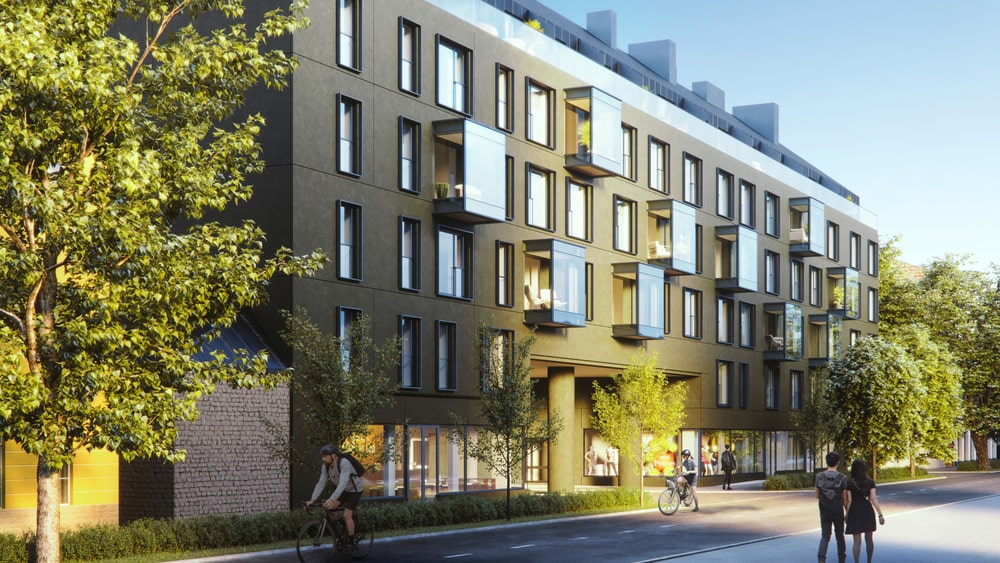 The City Oasis Residential Quarter is adjacent to a UNESCO World Heritage area, thus requiring development plans for the quarter to undergo several approval processes over the years. To date, building permits have been issued and the start of construction activities is currently planned for 2021. The development project foresees 326 new functional city homes in a safe, green, and urbanistic environment.
The City Oasis Residential Quarter is adjacent to a UNESCO World Heritage area, thus requiring development plans for the quarter to undergo several approval processes over the years. To date, building permits have been issued and the start of construction activities is currently planned for 2021. The development project foresees 326 new functional city homes in a safe, green, and urbanistic environment.
“We wanted to create an area where people would feel truly great,” said Rolands Bruzgulis, founder and lead architect of Arplan. “It will be an inclusive residential quarter, with well-thought-out planning and landscaping, aesthetic architecture, and high-quality materials for both the interiors and exteriors.”
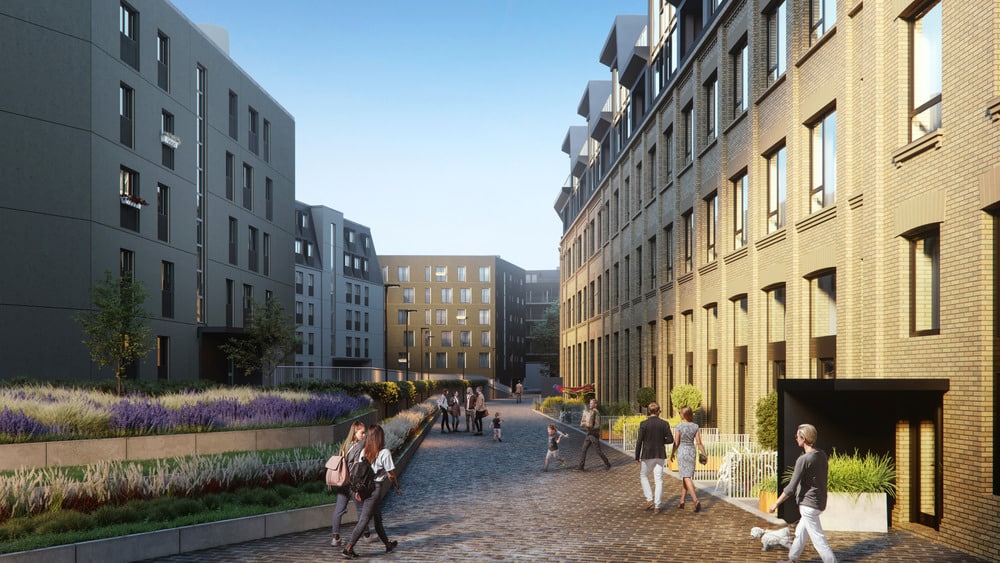 Mr. Bruzgulis notes that the process has been time-consuming due to the project’s proximity to the UNESCO Heritage site, adding a number of additional requirements that needed to be met.
Mr. Bruzgulis notes that the process has been time-consuming due to the project’s proximity to the UNESCO Heritage site, adding a number of additional requirements that needed to be met.
The future City Oasis Residential Quarter is located on the site of a historic textile factory, founded in 1866. By 1913, the factory gained prominence as the largest factory of its kind in the Russian empire, and it remained functional until 1989. In preparing the site for development, toxic buildings were demolished and more than 14,000 cubic meters of soil were excavated. Industrial architectural elements of historical value were preserved, including a water tower and the landmark chimney of the former textile factory, both of which will be incorporated into the new complex’s design. City Oasis will be a unique combination of newly constructed buildings and restored historical buildings.
The project foresees the construction of 3 modern 6-7 story buildings, with commercial premises on the ground level. Several apartments will have large private terraces, and the first building will house 216 homes ranging in area from 32-122 m².
Two additional newly-constructed buildings will feature renovated historic facades, combining contemporary and historic industrial design elements. Those two buildings will have an additional 98 apartments, from mezzanine-style apartments with private first-floor entrances, to spacious lofts on the upper floors. Some units located on the development’s main thoroughfare will also feature glazed bow windows. Pre-fabricated concrete and moldings create a delicate balance with consistent design signatures.
The project will also include a fully-renovated 19th-century villa with 12 premium-class apartments. Some of the building’s historic charms will be preserved, including original details on windows and doors.
City Oasis is a perfect environment for those seeking a safe and comfortable home, away from the hustle and bustle of surrounding city life. Thanks to the project’s versatility, it meets the needs and dreams of everyone in search of the perfect home. City Oasis is easily accessible by car or public transportation, and it is ideal for bicycles and electric scooters. The area is just minutes away from 4 secondary schools, a swimming pool, cafés and restaurants, and Riga’s largest playground and public sports center.
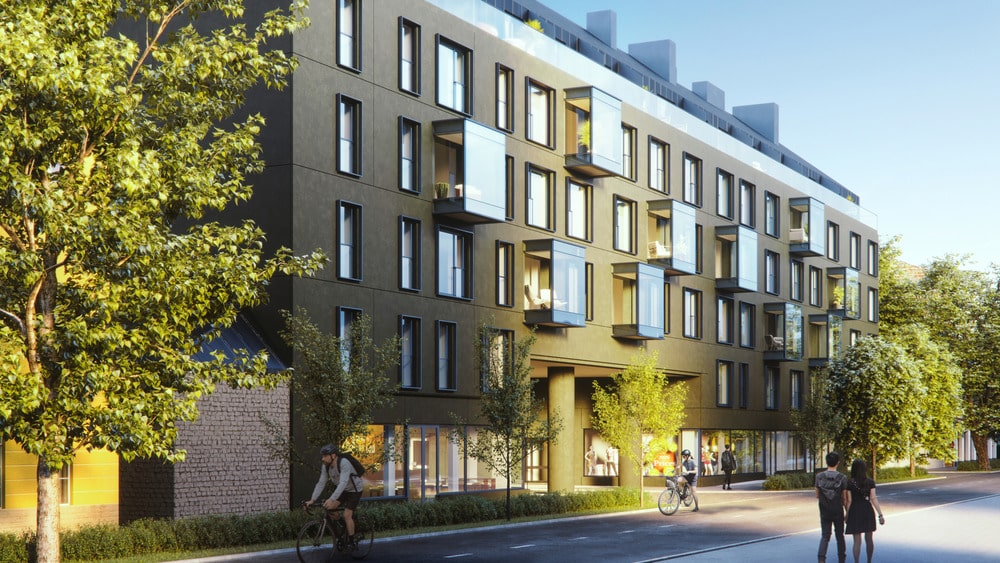 “This is a significant project for the city Riga in terms of the environment that will be created,” emphasizes Bruzgulis. “The location is simply great, and the area will be a pleasant place to spend time contributing to the well-being and development of the community.”
“This is a significant project for the city Riga in terms of the environment that will be created,” emphasizes Bruzgulis. “The location is simply great, and the area will be a pleasant place to spend time contributing to the well-being and development of the community.”
The City Oasis Residential Quarter will be a sustainable living environment, and the developers will preserve existing trees, some of which are more than a century old. Abundant greenery and recreational areas will also be developed.
Additionally, the community’s heating and ventilation systems are being designed to recuperate residual heat.
Further contributing to the sense of community and sustainability of City Oasis, the project will feature a car-free zone courtesy of underground parking for 206 vehicles. An elevated courtyard will sit atop of the underground parking structure, bordering additional internal courtyards featuring abundant green spaces and recreation zones for both adults and children. The goal of the sustainable design is to ensure that City Oasis is the epitome of its title: a green oasis in the heart of a thriving city.

